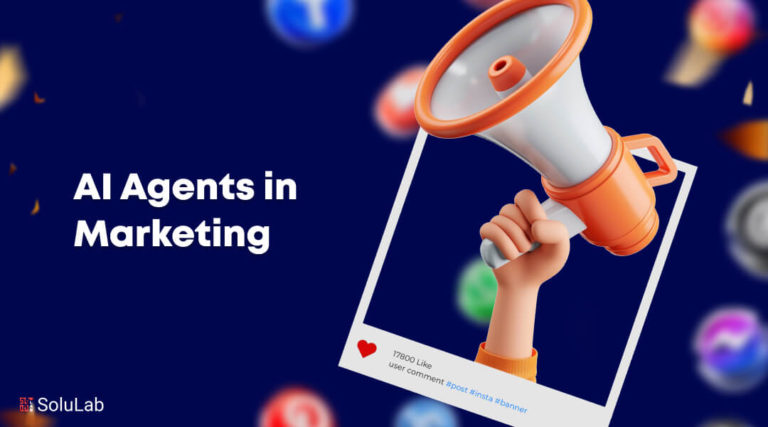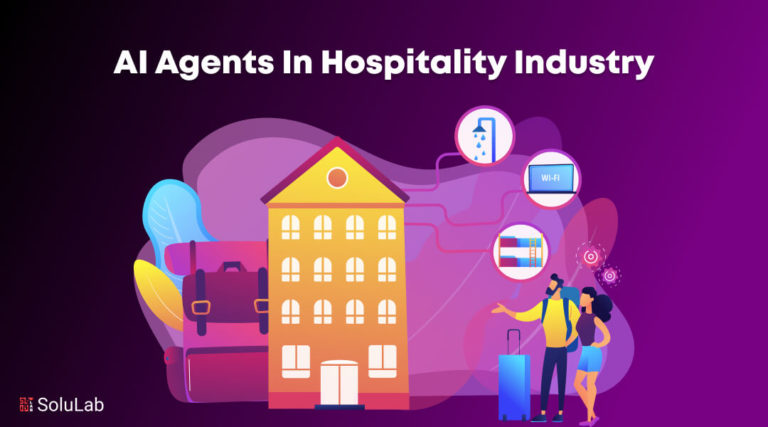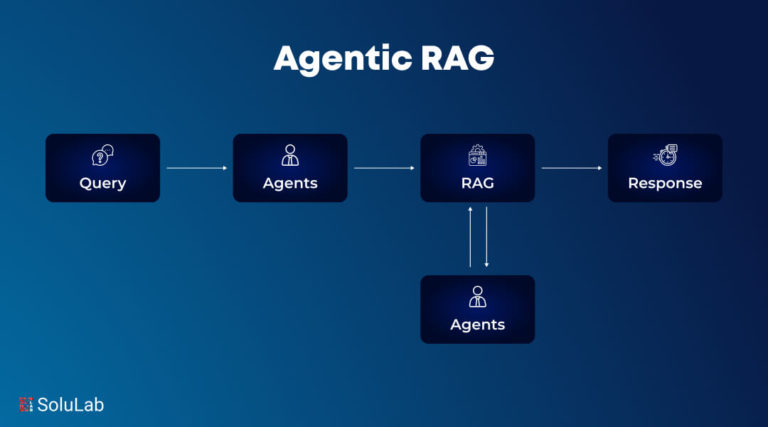What is Web 3.0?
The Web 3.0 movement aims to re-engineer the Internet so that individuals may connect freely, securely, and without the need of intermediaries and develop their economic contexts and have complete ownership over their data. Web 3.0 intends to break consumers’ reliance on digital behemoths such as Google, Facebook, Amazon, and others, which effectively dominate the Internet, collect user data, and have limitless capacity for misusing it.
As a result, Web 3.0 is driven by a nonviolent anarchist aim to make the Internet a place where the user is king. The world is quickly migrating to Web3. The Asset Internet:
- AWS to IPFS
- From a Limited Liability Company to a Developmental Asset Organization
- Brave to Chrome
- Metamask to your bank
- From controlled systems to decentralized blockchains, there’s a lot to learn.
- From Facebook to Steemit, here’s what you need to know.
- From Eve Online to Star Atlas, there is something for everyone.
Explore the Metaverse
While Web 3.0 is primarily concerned with who will own and control the future Internet, the Metaverse is concerned with how users will interact with it.
The majority of us now use computers, cellphones, and tablets to access websites and apps. Proponents of the Metaverse believe that humans will utilize virtual reality (VR) technology to access the Internet tomorrow, navigating between virtual realms as digital avatars.
Web 3.0 VS Metaverse: Differences
| Properties | Metaverse | Web 3.0 |
|---|---|---|
| Definition | A digital world that combines virtual reality with physical persistence. | A new internet iteration aims to establish a decentralized online where people own and manage the material and assets they generate. |
| Underlying Technology |
|
|
| Applicability range | Still in development, and various application areas are being investigated. | It may be used all across the internet. |
Web 3.0 VS Metaverse: Similarities
| Metaverse | Web 3.0 |
|---|---|
| Metaverse is based on blockchain technology, allowing for unparalleled democracy. | Blockchain technology is also used in Web 3.0, providing for unprecedented democratic control. |
| Metaverse employs artificial intelligence to make the 3D reconstruction experience smooth. | Web 3.0 employs artificial intelligence to make semantic linkages more seamless. |
Where do the Metaverse and Web 3.0 share common ground?
Many of the advances associated with blockchain offer a common ground for both concepts in technology. Every new blockchain concept and solution is immediately considered a potential module for integration into Metaverse’s Web 3.0 engine, which will power its goods and solutions.
Which one is better? Web3.0 or Metaverse?
We believe that an “open and decentralized” metaverse, in which no single body has authority over users’ data and assets, is the most desirable. However, it appears that various service providers now control the bulk of early-stage metaverses. Some have said that Facebook’s rebranding as “Meta” and recruiting 10,000 employees to work on constructing the Metaverse is merely a ruse to separate itself from the company’s data security and user privacy issues.
Companies like Facebook, on the other hand, are centralized identity providers, meaning that the digital identities and contents established by users on their platforms are held in centralized servers over which consumers have no authority. This means that these businesses are simultaneously technology providers, decision-makers, and data owners.
As we’ve seen in recent years, these digital businesses are frequently lousy stewards of consumer interests and data as several new entrants to the metaverse market sketch out their future visions, decentralization and user ownership must be prioritized, which may be accomplished using the set of rules and standards provided by Web 3.0.
Both Web 3.0 and the Metaverse technologies complement one other wonderfully. Even though the Metaverse is a digital realm and Network 3.0 advocates a decentralized web, it might serve as the Metaverse’s foundation for connectivity. On the other hand, Metaverse’s creator economy may complement Web 3.0’s ambition by creating an entirely new financial universe through the use of decentralized solutions. We need to think about what sort of Internet we want to emphasize in the Metaverse as we go toward decentralized Web 3.0.
While Web 3.0 is coming along beautifully. With the recent exponential rise of NFTs, P2E games, and DAOs, the Metaverse still has a long way to go and plenty of potential to expand in terms of technology. Metaverse experience is genuinely immersive.
Web 3.0’s Metaverse will usher in a new open and decentralized world reality. I’m excited to watch how Web 3.0 and the Metaverse evolve in the following years!
Web 3.0: Scope of Application
The users are contributing a growing amount of the information and material that fuels the Internet. One constant has been huge businesses’ control over what we may publish and view, including Google, Apple, Amazon, Meta, and Microsoft. Web 3.0 is expected to revolutionize this element of internet regulation.
People's Willingness
Anyone who has spent any time on social media platforms knows how simple it is for huge organizations to suppress anything unpleasant. Alternatively, payment gateways might prohibit businesses based on their own, sometimes subjective, criteria. As a result, the current state of the web is to monetize the vast amounts of data generated by users while giving those people little choice over how that data is utilized.
Web 3.0 is based on the notion of decentralizing data storage and consumption. Naturally, this means that users will have complete control over what they post online and how their data and information is protected.
Blockchain Provides Accountability
Blockchain technology, which assures open infrastructure, security, and cooperation, is at the heart of Web 3.0. Blockchain will enable trust verification, including privacy protection, decentralized infrastructure and application platforms, and decentralized identities, rather than relying on technological behemoths’ whims and vested interests. Web 3.0 aims to make the Internet a more fair platform by allowing individuals to be sovereign.
Security and privacy are important considerations in how people govern the data they publish on the Internet, thanks to blockchain technology like Ethereum. It encourages developers to construct what are known as dApps, or Decentralized Apps because there is no risk of service disruption or blocking. In such a setup, payments are made using the native token, ether. Additionally, no permissions are required to develop if users or developers are on the network. Dapps are also future-proofed, as Ethereum is a Turing Complete blockchain capable of understanding and implementing any future agreement, even some that have yet to be conceived.
Decentralization Democratizes Web 3.0
Centralized data storage is another factor contributing to Big Tech’s stranglehold on internet content. The publisher was responsible for data storage in Web 1.0, which meant content providers had to maintain their servers and distribution infrastructure.
Web 2.0 attempted to address this problem by providing users with limitless storage space on social media companies’ massive data farms, incentivizing more people to produce and upload content. The material was frequently commercialized by platforms, sometimes at the expense of user privacy. Users were trapped in the platforms’ ecosystems; as a result, making total control over their data challenging.
Web 3.0 overcomes this barrier by providing a decentralized data storage and consumption mechanism. The Ethereum Blockchain technology allows users to connect to a peer-to-peer network of nodes where data is kept from anywhere in the world. Anyone can write on them, but they cannot change current data. Because a single entity does not hold the material, the author has complete control over it and can spread it as they wish. Tokenization of data also ensures that ownership is explicitly and irreversibly confirmed, removing any potential for misunderstanding. Finally, because no one server may fail and paralyze the system, decentralization ensures that the system has 100% uptime.
Decentralized blockchain protocols
The cornerstone of Web 3 is public, interconnected (interoperable) decentralized blockchain protocols. The protocols’ primary purpose is to ensure that users can trust each other, that their interactions are private, and that data is stored in a distributed and censorship-resistant manner.
Smart contracts
They are the primary enablers of blockchain protocols. Smart contracts are programs that execute themselves when specific criteria are satisfied. They’re tamper-proof, which means there’s no chance of them being tampered with or having their conditions changed in any manner. They also drive essential components of Web 3’s ecosystem, such as DAOs and distributed data storage, among other things.
DAOs
A DAO, or “Decentralized Autonomous Organization,” is an online entity run by the community with no central authority. DAOs, unlike typical corporations, do not have a corporate hierarchy and instead use a decentralized governance approach.
The rules put forth in blockchain-based intelligent contracts govern voting, decision-making, dividend distribution, implementation of agreed-upon choices, and other business-related problems. This eliminates the possibility of human error or vote tampering. A sleazy CEO or obnoxious stockholders would have little opportunity of influencing the entity’s operations to their advantage.
Conclusion
Although we talk about it as if there are clear distinctions between one era of the web and the next, the internet and how we use it in our everyday lives are continually changing. It’s also true that the advancement of these technologies will assist businesses other than gaming and concerts.
A revolution that does not alter power distribution seems absurd. Key players, business philosophies, and income streams are all the same. Why should they be expected to build a truly new economy when the old ones were perfectly adequate? Simply rebrand and continue with your business.




